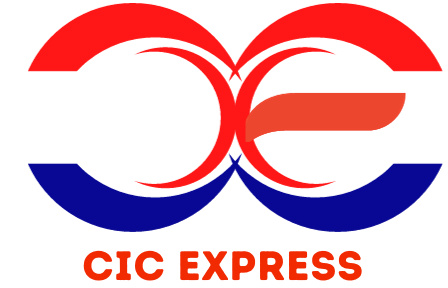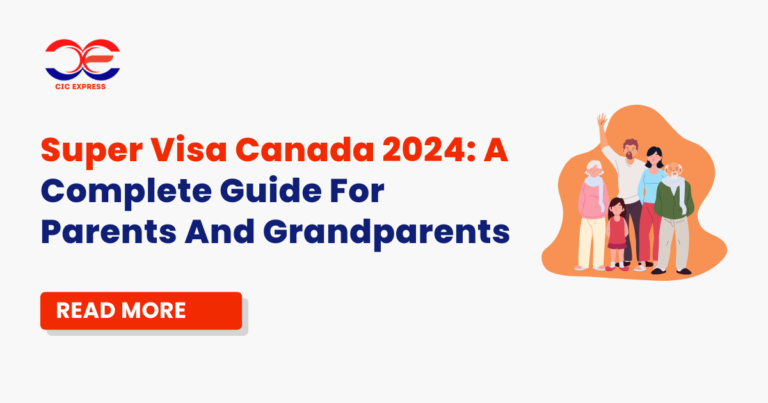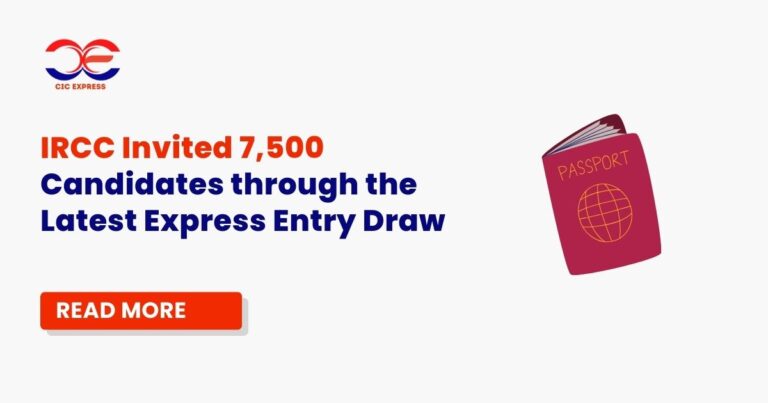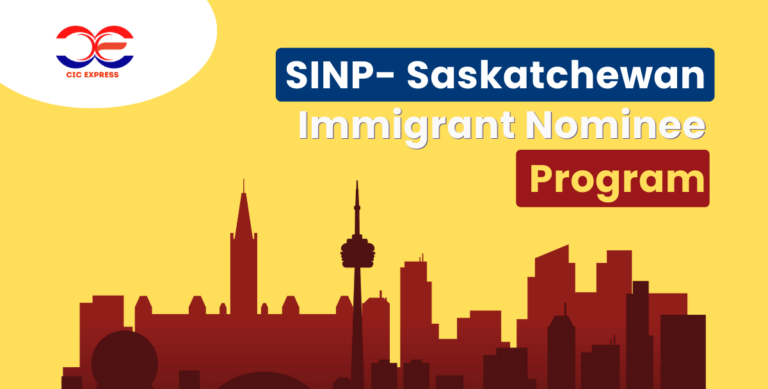How to Get Canada PR as an Aerospace Engineer in 2025?
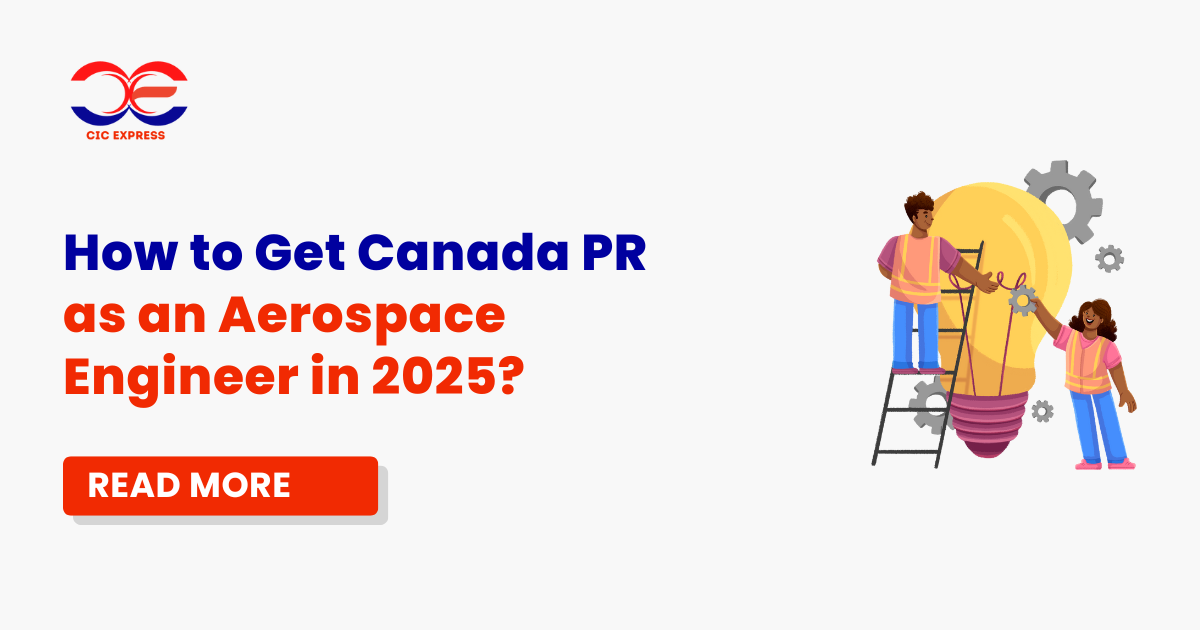
Canada’s space industry is one of the leaders in the world today, with numerous career options for talented people. Thus, getting Canada PR as an aerospace engineer can lead to a thriving career and an affluent life.
This article provides some key points regarding how to move to Canada as an aerospace engineer. Yet, before continuing, let us discuss Canada’s need for aerospace engineers.
Understanding the growing demand for Aerospace engineers
Canada’s aerospace industry is among the world’s top industries, strongly focusing on research and development (R&D). The sector spent 1,203 million on R&D in 2023, demonstrating its commitment to innovation.
Manitoba has become one of the provinces with large aerospace hubs, and tremendous investments have been made in creating aerospace technologies. This expansion has created high demand for aerospace engineers with specialized skills across Canada.
Canada PR pathways for Aerospace engineers
Canada has been known for offering various types of immigration pathways. Some of the top Canada PR pathways for Aerospace engineers are listed below:
- Federal Skilled Worker Program (FSWP): Suitable for anyone with one year of unbroken full-time paid work experience in aerospace engineering. Eligibility relies on exact demands, e.g., language capacity and academic conditions.
- Canadian Experience Class (CEC): This class is for individuals with minimum experience working in Canada. If you are already employed in Canada with an open work permit, this category has less restrictive immigration from the temporary to permanent class.
- Provincial Nominee Programs (PNPs): Some provinces have streams for skilled workers. For example, British Columbia, Manitoba, and Quebec have programs for aerospace professionals. Getting a provincial nomination will boost your PR application.
- Temporary Foreign Work Permit (TFWP): You can use this option to get Canadian work experience, which is useful when applying for PR in other programs. Remember, too, that a work permit is not a permanent status, but rather is temporary.
Eligibility criteria of Canada PR for Aerospace engineers
To be eligible for these programs, you need to fulfill specific requirements:
- Education: Bachelor’s degree in aerospace engineering or a related discipline. Higher degrees will increase your chances.
- Work Experience: At least one year of work experience in a related occupation. Further experience can boost your Comprehensive Ranking System (CRS) score in Express Entry.
- Language Proficiency: Score the minimum required marks in recognized English or French language tests, such as IELTS or CELPIP.
- Licensing: Engineering is a licensed profession in Canada. Registration with a provincial or territorial regulatory body is necessary to practice as an engineer.
Application process of Canada PR for Aerospace engineers
You must follow the following steps to secure a Canada PR visa as an Aerospace engineer.
- Credential Assessment: Receive an Educational Credential Assessment (ECA) to establish that your international degree is aligned with Canadian levels.
- Language Testing: Take an approved language test to show proficiency in English or French.
- Express Entry Profile: Submit a profile in the Express Entry system, including your skills, work experience, education, and language skills.
- CRS Score: Your profile will receive a CRS score. The higher the score, the better the chances of receiving an Invitation to Apply (ITA) for PR.
- ITA and Application Submission: If you get an ITA, file a complete application for PR within the given period, along with all the necessary documents and fees.
Provincial Nominee Programs (PNPs)
Provinces like British Columbia and Manitoba have specialized streams for skilled workers in the aerospace industry. For instance, Manitoba’s Skilled Worker Overseas Stream aims to invite people with the skills required to join the local workforce. A provincial nomination adds 600 points to your CRS score, ensuring an ITA.
Regulatory Requirements
To become a practicing aerospace engineer in Canada, one must be registered with a provincial or territorial engineering regulatory body. The procedure includes:
- Academic Assessment: Assessment of your educational credentials.
- Work Experience: Verifying applicable engineering experience.
- Professional Practice Examination: Passing an examination designed to challenge knowledge of Canadian engineering practice and ethics.
Every province has its own governing body. Hence, it is essential to approach the relevant body for personalized needs.
Conclusion
Canada’s thriving aerospace industry provides opportunities for experienced engineers seeking permanent residence. By understanding the various immigration pathways, meeting prerequisites, and developing an effective strategy for the application, you can initiate a profitable profession within Canada’s cutting-edge aerospace industry.
For complete details about the application process, contact Province Immigration via +91 98961 96762 or info@provinceimmigration.com
